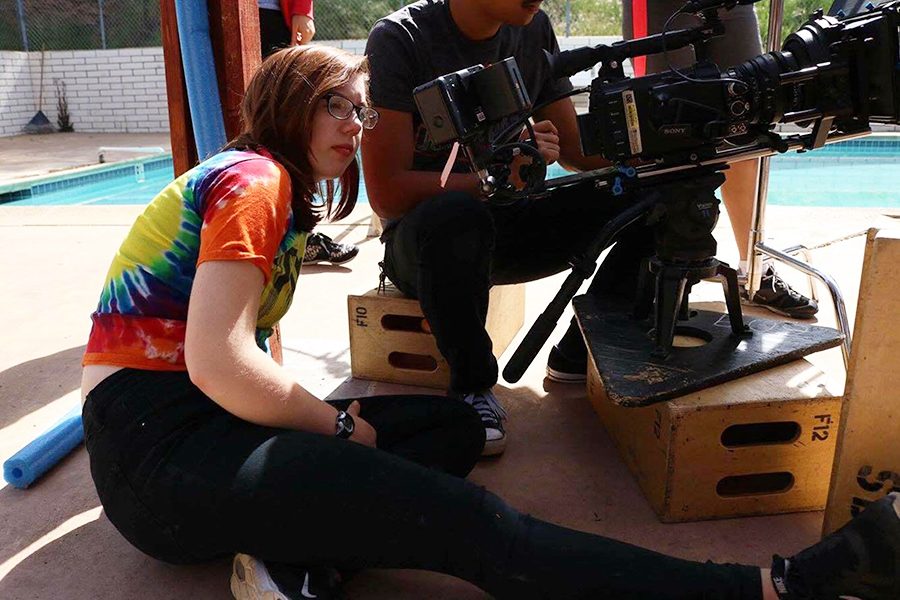A report released by a San Diego State professor found a decline in women’s representation in film in 2016.
Martha Lauzen, executive director of the Center for the Study of Women in Television and Film and Theatre, television and film professor at SDSU released the 19th annual Celluloid Ceiling report, which showed how women’s roles the film industry’s high positions of employment in the top 100, 250 and 500 U.S. films changed over time.
The study revealed a two percent decrease in female directors from the previous year. Female directors made up seven percent of total directors of the top 250 films in 2016.
Theatre, television and film Senior Devon Kane said she was surprised the research shows a decline in women writers and directors.
“There is still a lot of work to be done for things to just stay the same let alone improve,” she said.
According to the study, in the top 100 films, women comprised of 14 percent of all directors, writers, producers, editors and cinematographers.
TFM sophomore Brittany Harper said she thinks the decline is surprising because she sees so much emphasis on women in film lately. However, she said she is not surprised that the amount of women in the industry is low to begin with.
“In my personal experience, my non-film major female friends really don’t have much interest in talking about films,” Harper said. “I think there’s definitely a trend of different interests between the two genders. Also, women are very smart and the film industry is not the smartest industry to go into. Many film majors leave college poor and jobless, so it’s very risky.”
TFM sophomore Somer Myers said the film program at SDSU appears to be mostly men. She said in some of the projects she has done in her film classes males usually want the creative control.
“They want to be the directors and editors and they usually set the tone and organize everything,” Myers said. “You can give suggestions but a lot of the time they just stick with their plan, so you have to prove yourself and work your way up on sets.”
According to SDSU’s office of Analytic Studies and Institutional Research, 31 women and 55 men graduated from SDSU with a TFM degree during the 2015-2016 school year.
Kane said although there are a lot of men in the TFM department, it seems most women in the program don’t “let it cross their minds.” In her advanced TFM course she said three out of the four films were directed or written by a woman.
Kane also mentioned how close the women in the department are to one another, and that everyone is extremely supportive.
“I think in the past (the department) being mostly men is just a coincidence,” Kane said.
Kane said the information from the study encourages women to take a step they normally would not.
“It’s really important for women to know how hard we have to work and it empowers you to have a voice,” she said.
Kane said she personally has never felt women at SDSU were ever being quieted or discriminated against. She said it is been a great and really supportive environment.
“At SDSU about 50 percent of my classes are female,” Harper said.
Harper said by the time her class is in the industry the amount of females will increase dramatically.
“I think our generation is the most liberal and art-appreciating in our history and this generation is determined to break the gender gap,” she said.
The report also took female television employment positions into account. Kane said she hopes to become a television writer and was disheartened to hear women’s roles have decreased.
“But it’s also really empowering because you know that you get to be the person that hopefully makes that change,” Kane said.










